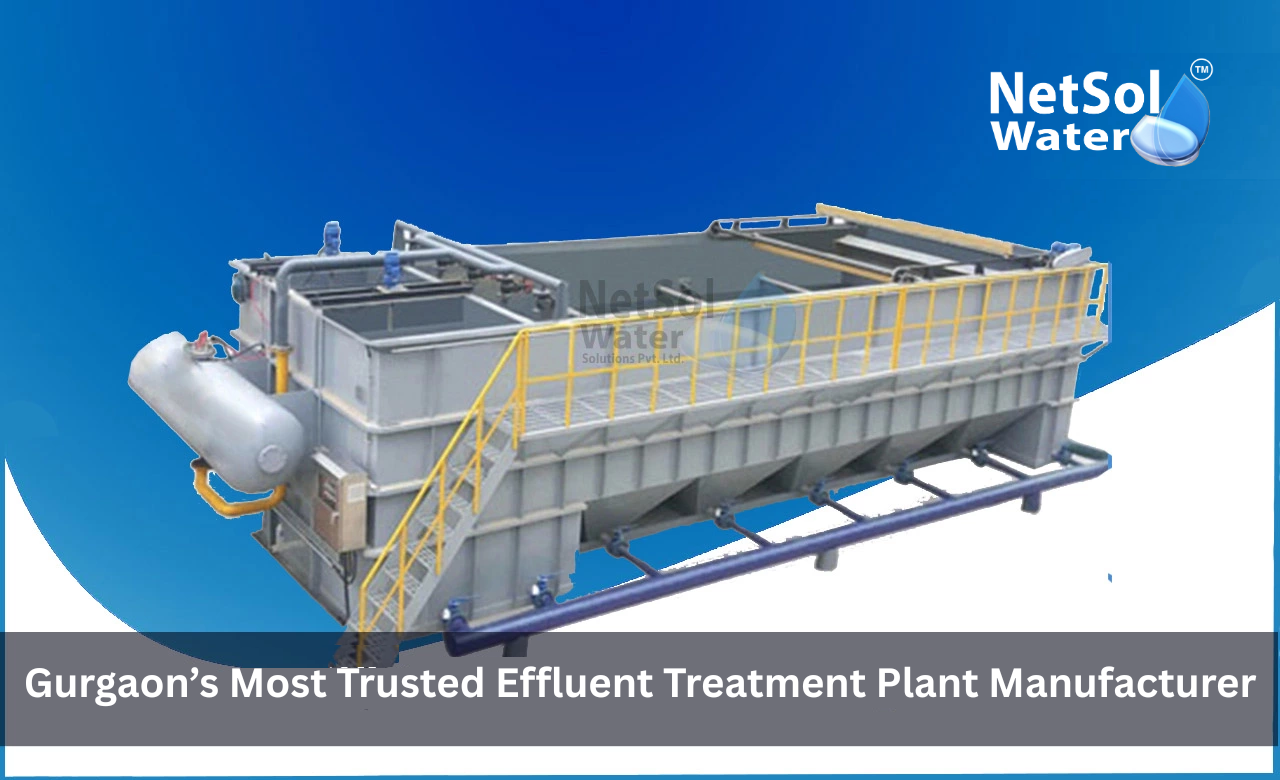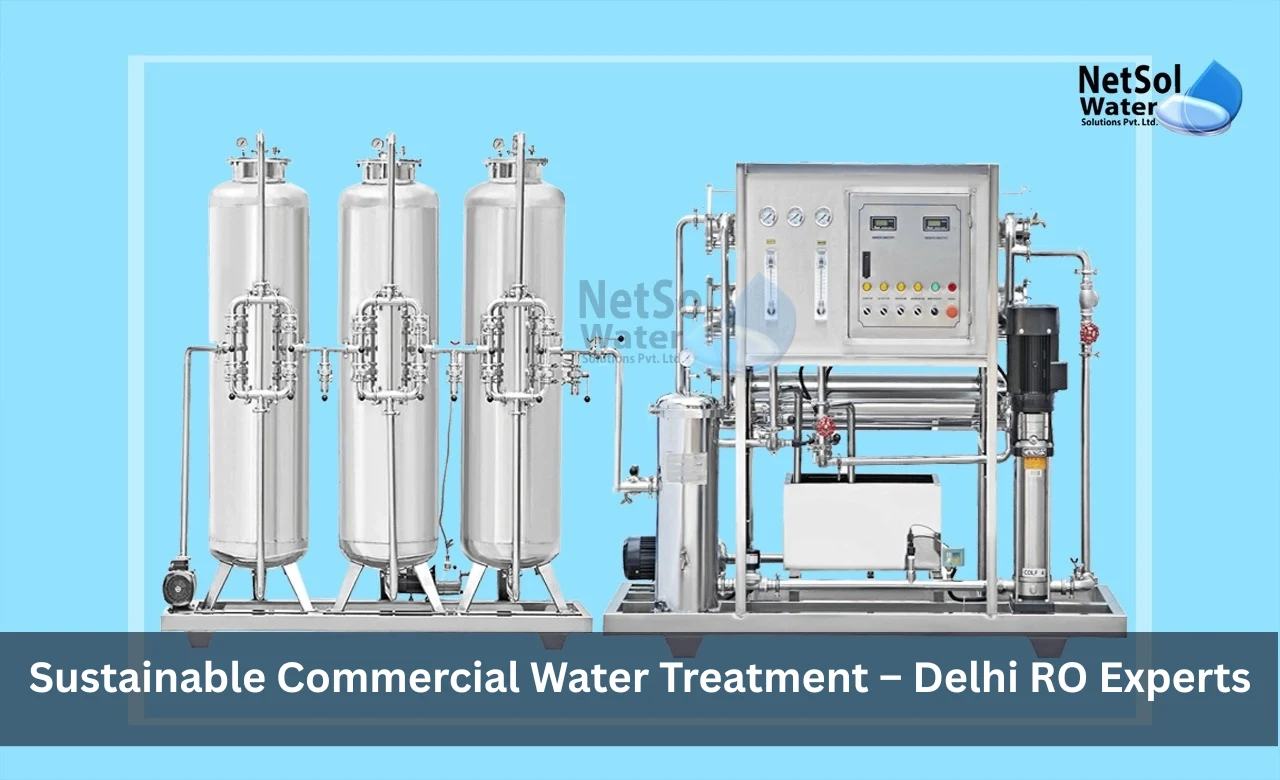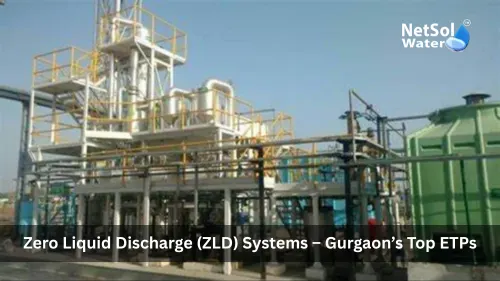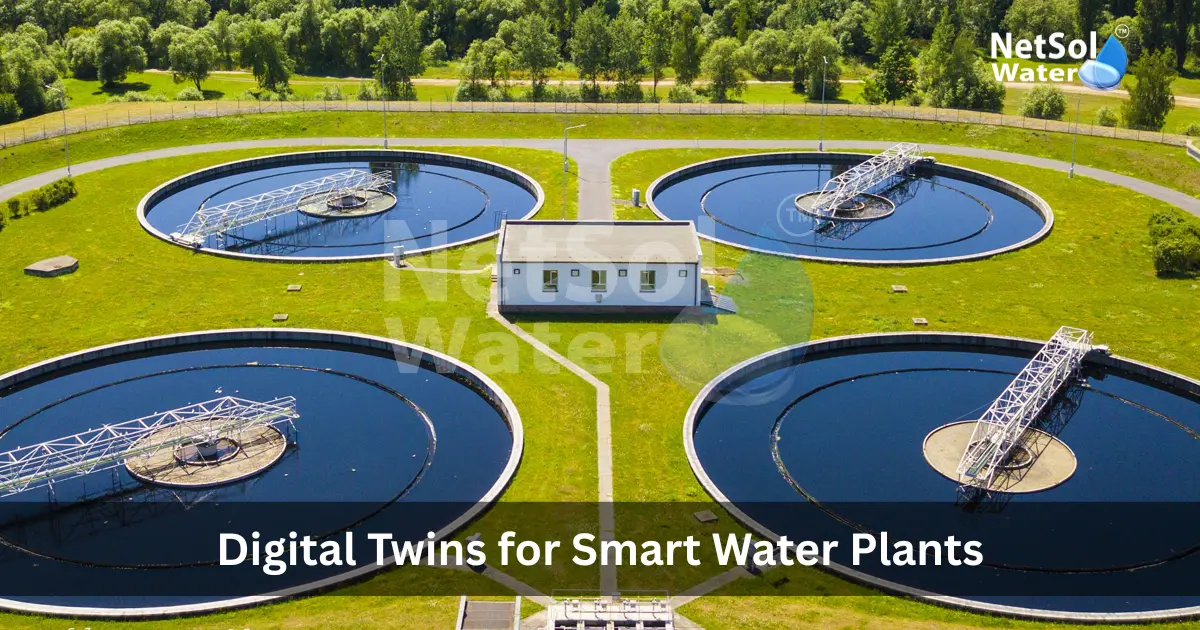Gurgaon’s Most Trusted Effluent Treatment Plant Manufacturer
Companies in Gurgaon face growing pressure to manage wastewater in a cleaner and greener way. An efficient Effluent Treatment Plant Manufacturer in Gurgaon can help industries meet strict norms and protect local water bodies. Netsol Water emerged as the leading Effluent Treatment Plant Manufacturer due to focused design and reliable service. We will explore why industries choose Netsol Water and how its plants deliver clean water back into the environment. We will cover key components offered by Netsol Water and the industries that benefit most.
Why Choose Netsol Water as Your Effluent Treatment Plant Manufacturer in Gurgaon
Effectively managing industrial wastewater requires a partner who has local expertise with strong engineering skills. Netsol Water fills this need by offering personalized solutions in Gurgaon. Let us have a look at what sets this manufacturer apart.
Deep Local Expertise
Netsol Water began work in Gurgaon and learned the demands of local firms. They know rules laid out by authorities and shapes each design to meet them. This local edge means faster approvals and smoother start up.
Customized Plant Design
Every industry discharges waste in different ways. Netsol Water studies each client’s process to design a plant that fits just right. Engineers visit the site to sample water and note flow rates. They then model a solution that handles pollution load without waste or overcapacity.
Strong After-Sales Care
Installing a plant marks only the start of a long partnership. Netsol Water sends trained technicians on a regular basis to service pumps and check sensors. This hands-on support ensures your plant runs day in and day out.
Netsol Water earned its reputation by local know-how with custom engineering and caring support. These strengths make it the go-to Effluent Treatment Plant Manufacturer in Gurgaon.
Key Components of Our Effluent Treatment Plants
A complete treatment plant contains several linked units that remove solids and break down pollutants. Let us have a look at some main components used by Netsol Water.
Primary Treatment Unit
The first step in any plant removes large particles from water. Netsol Water uses a grit chamber and a primary clarifier to trap sand and settleable solids. The chamber slows flow so heavy grit falls out and collects in a hopper. This primary layer clears water of about thirty percent of solids before it moves on.
Secondary Treatment Unit
After coarse removal the water moves into a biological tank. Netsol Water fits these tanks with aerators and biofilm media. Beneficial bacteria attach to the media and feed on organic pollutants. The aerators pump air into the mix to keep those microbes alive and active. This secondary stage can remove up to ninety percent of biochemical oxygen demand and suspended matter.
Each component pairs with durable pumps valves and sensors that guarantee steady flow and simple control. The primary and secondary units delivers water that meets local discharge standards.
Our Treatment Process
Netsol Water follows a step-by-step path from study to startup. Let us have a look at each stage.
Site Survey and Feasibility
Engineers visit the client site to take samples and record flow data. They inspect available land and review utilities such as power and drainage. This survey confirms the right capacity and layout.
Detailed Engineering and Approvals
After survey work the team drafts process flow charts and drawings. These master plans show every tank pump and valve in the system. Netsol Water then handles local paperwork to win BGPCB or HSPCB approvals for effluent handling.
Fabrication and Assembly
With designs cleared the firm’s workshop builds tanks and frames from corrosion-resistant steel. Pipes and fittings meet Indian standards to prevent leaks. Skilled welders and fitters assemble modules that slip together on site.
Installation and Commissioning
Netsol Water ships modules to Gurgaon where technicians bolt them into place. They wire instruments and connect pipes. After a dry-run check the team pours water through each stage to test alarms pumps and valves. This final check makes sure your plant runs smoothly from the first drop of effluent.
By following this clear process Netsol Water stays on schedule and on budget. You get an Effluent Treatment Plant Manufacturer in Gurgaon who works with precision from start to finish.
Conclusion
You deserve an Effluent Treatment Plant Manufacturer in Gurgaon who knows local rules and meets your unique needs with skill. Netsol Water brings deep expertise and a clear process to every project. Reach out today to discuss your wastewater challenge or to request a consultation. Let us show you how a well-built plant can protect your operations and your community.
Phone: +91-965-060-8473
Email: enquiry@netsolwater.com










